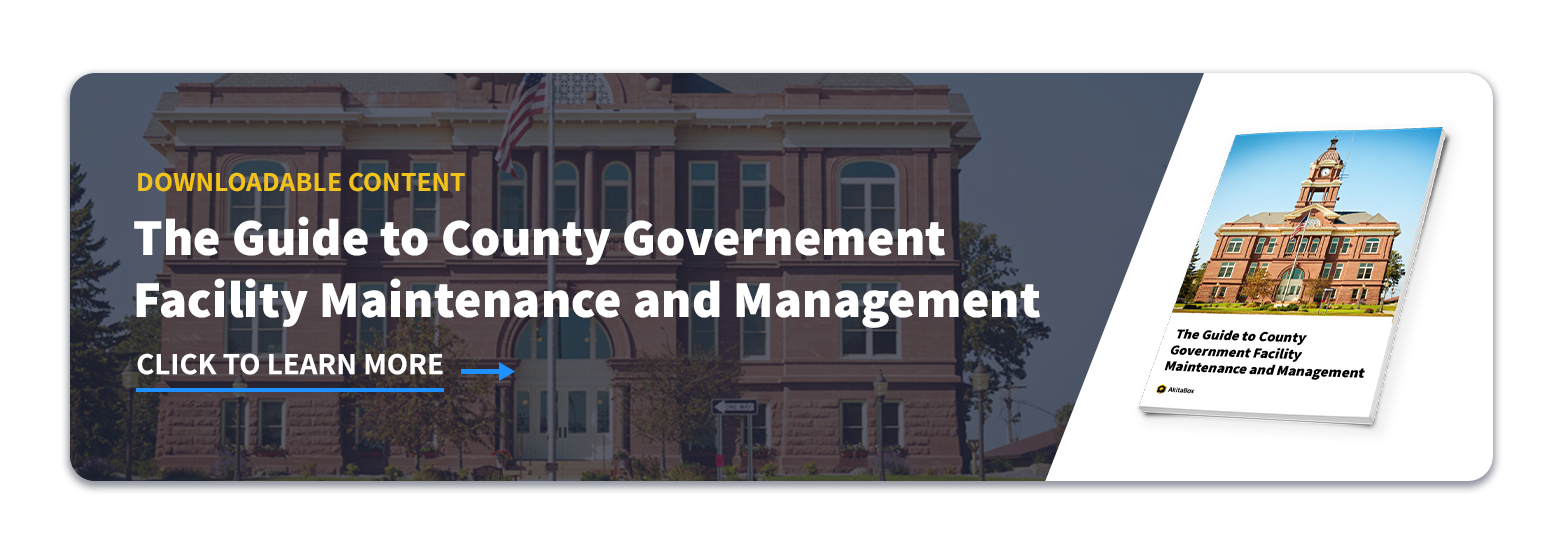For many people, outdoor green spaces play a significant role in promoting quality of life and sense of community. For example, parks serve as gathering spaces where people can meet, get active and enjoy the outdoors. Playgrounds serve as hands-on environments that stimulate childrens’ minds and help them develop important life skills.
Whether your parks and playgrounds are new or well-established, a strong maintenance plan is a must. Facility managers must conduct routine inspections and perform necessary maintenance within these spaces to promote safety and minimize risk of injury to park-goers. In this blog, we reveal six of the best ways to care for and inspect your outdoor spaces and equipment to keep them in excellent condition for years to come.
Landscaping Best Practices for Parks Maintenance Crews
The main purpose of park landscaping is to create positive outdoor environments for the public to enjoy. Aesthetically-pleasing landscaping can help support occupant health, well-being, mental focus and quality of life. Follow this list of grounds maintenance best practices to ensure your parks are safe, productive and convenient for visitors.
1. Follow best practices for placing mulch around tree trunks.
Mulch can be a tree’s best friend. It insulates soil, helps retain water to keep roots moist and keeps weeds at bay. However, it’s important to place mulch correctly in order to take advantage of these benefits. For example, avoid placing a mound of mulch around tree trunks, since mulch can retain moisture and rot tree trunks. Instead, surround trees with large, symmetrical mulch beds (2 to 4 inches deep) to protect tree trunks from mower and trimmer damage.
2. Alternate mowing patterns each week to avoid ruts and wear-and-tear on large lawns.
Learning different mowing patterns will not only help to make your park’s grassy areas look great, it’s also better for the health of your grass. Constant, repetitive mowing patterns can lead to soil compaction, decreased oxygen flow to grass and damage to growth. By alternating mowing path patterns, you’ll avoid compacting the soil and promote healthy grass development.
3. Select plants and flowers that will contribute to park aesthetics.
Plants, flowers and shrubs in a park can be visually-pleasing and help attract visitors. When choosing plants, determine if you want to plant annuals or perennials. Annual plants will not grow back from year to year, while perennial plants will grow back from year to year (but will require pruning for optimal growth). Shrubby plants with woody stems must be cut back each spring, as buds will only bloom on new branches. With proper care and attention, your plants will be full and thriving in no time.
Looking for more ways to care for your organization’s landscaping? Click here to download a free checklist with innovative grounds maintenance ideas.
Tips for Playground Care and Routine Inspections
Facility managers understand that play equipment, protective surfacing, planning and site development are significant investments in their organizations and communities. Therefore, it makes economic sense to maintain equipment and take steps to extend its useful life. Proper maintenance and inspections also serve to mitigate risk to children, along with costly accidents due to unsafe conditions.
1. Conduct consistent field checks and safety inspections of play equipment and grounds.
Safety and security of children should be a top priority for facility managers who oversee playground care. The goal of playground inspections is to check for excessive wear, deterioration and potential hazards on and near equipment. When checking equipment, take care to look for any loose or missing items – such as bolts, nuts or screws. Tighten fasteners that have become loose or replace them when necessary. And lastly, eliminate any metal equipment that has become excessively rusty.
2. Keep an eye out for insects and pests that could cause harm to children.
It’s important for facility managers to take preventative measures to keep pests out of playgrounds year-round, as pests can cause messes, carry diseases, trigger allergies and bite children. Take steps to protect your playground by implementing a pest control program or working with a local pest control company. A pest-free environment is a great way to protect children from harm.
3. Take steps to eliminate potential tripping and falling hazards.
Without proper care, playgrounds can be sites for unforeseen bodily injury risks, including trips, falls from heights and even impact with equipment. Safe equipment, paired with proper preventative maintenance, can go a long way in eliminating injury. Every day, look for items that could cause trips and falls, including damaged concrete, tree roots, felled branches, rocks, abrupt elevation changes and uneven surfaces. And lastly, provide guards on elevated equipment, including platforms, ramps and bridges, to prevent accidental falls.
Is your playground as safe as it could be? This free checklist helps facility managers and their teams check for and eliminate safety-related hazards to children. Click here to get your copy.
Free eBook for County Government Facility Managers
Outdoor green spaces, along with historical buildings and landmarks, can be a great source of pride for a county and its community. To help facility managers ensure the longevity of their facilities, AkitaBox has created the Guide to County Government Facility Maintenance and Management.
Discover innovative insight on facilities technology, asset management best practices and cross-collaboration between departments. Plus, gain access to free, downloadable content – from work order templates to handy checklists. Read more about the ebook’s contents here.

